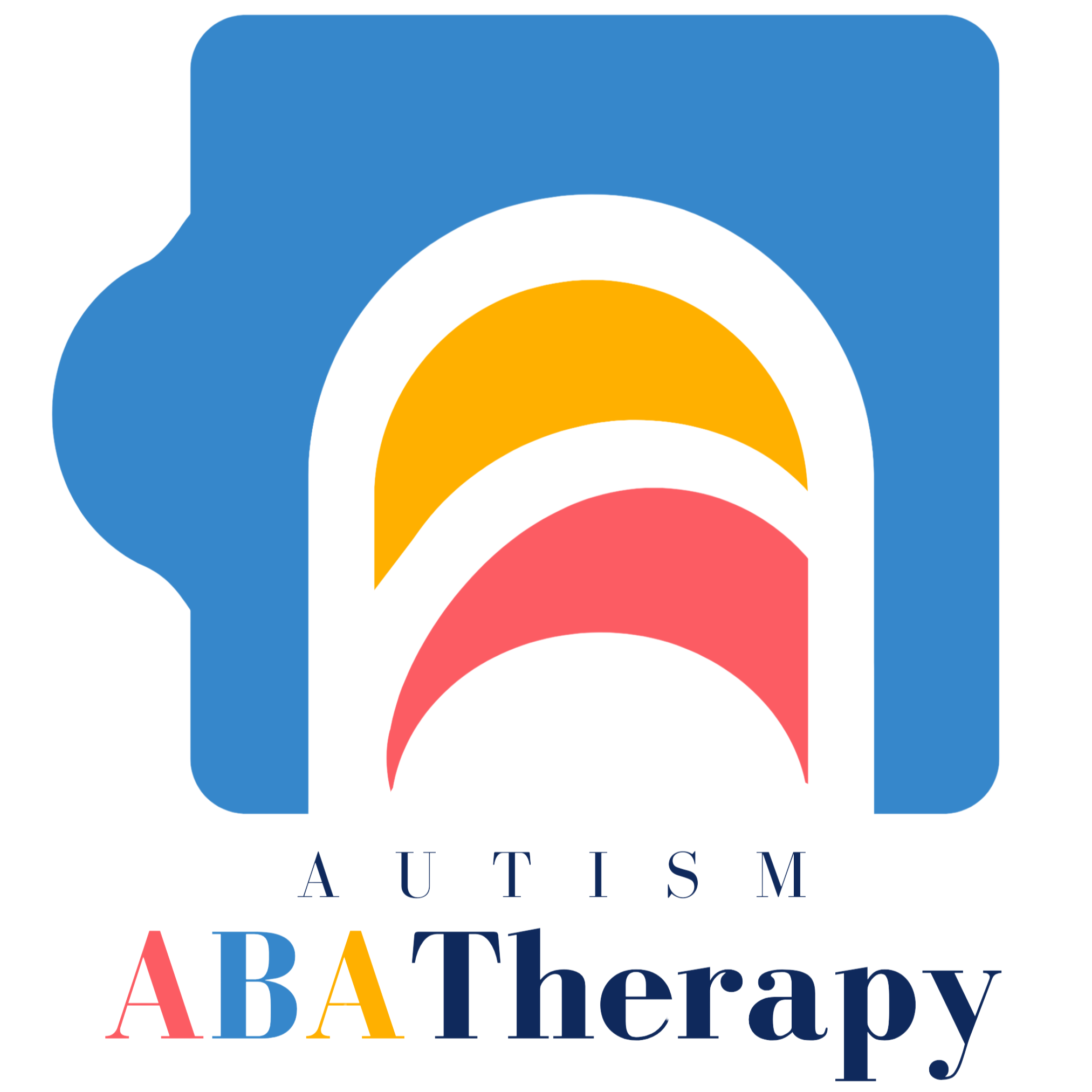Gambling addiction poses significant challenges to mental health and financial stability. One of the most effective behavioral interventions used by therapists and self-help programs is Differential Reinforcement of Alternative Behavior (DRA). DRA focuses on identifying and strengthening healthy, non-gambling behaviors, thereby directly reducing the frequency and intensity of gambling urges. This article explores the principles, steps, and practical strategies for applying DRA as a tool for overcoming problematic gambling behavior.
Understanding the DRA Approach
Differential Reinforcement of Alternative Behavior is a method rooted in applied behavior analysis. The technique centers on two key actions:
-
Withholding reinforcement for problematic (in this case, gambling) behavior.
-
Positively reinforcing desirable alternative behaviors that fulfill similar needs (e.g., entertainment, excitement, socialization).
DRA breaks the cycle of addiction by gradually shifting the individual’s response from gambling to alternative activities that are safe, rewarding, and sustainable.
Identifying Gambling Triggers and Functions
Successful DRA (Differential Reinforcement of Alternative Behaviors) implementation begins with recognizing what triggers gambling urges and what “function” gambling serves in a person’s life. Triggers may include stress, boredom, peer influence, or the desire for immediate excitement. Understanding the underlying motivations allows the design of meaningful alternative activities. Platforms like https://basswinn.net/ support this approach by offering engaging yet controlled gaming experiences with titles like Starburst and Live Blackjack, complemented by responsible gaming tools such as session timers and deposit limits, which help players manage triggers and maintain balance while enjoying alternative entertainment.
Selecting Alternative Behaviors
Alternative behaviors should:
-
Provide similar psychological or emotional rewards as gambling.
-
Be practical, enjoyable, and easily accessible.
-
Encourage social, physical, or cognitive engagement (not isolation).
Examples include joining group sports, pursuing a creative hobby, participating in game nights with family, volunteering, or exploring mindfulness-based relaxation techniques.
Single Marked List: Steps for DRA Implementation to Reduce Gambling Urges
-
Assess what needs gambling meets for you (e.g., excitement, stress relief, socialization).
-
Brainstorm a variety of healthy alternative behaviors that can satisfy these same needs.
-
Choose one or two alternatives to focus on initially (e.g., jogging for excitement, painting for stress relief).
-
Set clear, achievable goals for engaging in the chosen alternative activities (e.g., join a weekly running group; dedicate 30 minutes daily to art).
-
Develop a reinforcement system—reward yourself immediately for engaging in your alternative behaviors (e.g., small treats, social recognition, progress tracking).
-
Reduce or remove access to gambling opportunities (block apps/websites, avoid casinos, limit cash access).
-
Monitor progress, emotional state, and urges regularly with a journal or tracking app.
-
Seek support from family, friends, or professionals who can encourage participation in alternatives.
-
Adjust your chosen activities if they lose appeal or if urges become stronger; flexibility is key.
Reinforcement Strategies and Practical Tools
Immediate and meaningful reinforcement motivates sustained engagement in alternatives. Options can include self-given rewards (treats, privileges), milestone celebrations, and positive social feedback. Utilizing apps or physical charts to track consistency—in a visual and rewarding way—boosts motivation.
Family members, partners, or friends can play an active role in reinforcing alternative behaviors through praise, shared experiences, or joint participation.
Building Environments That Favor Change
Altering your physical and social environment supports DRA’s goals. Arrange your daily routine so that alternative behaviors are convenient (e.g., keeping running shoes ready by the door, organizing group events, or scheduling regular creative time). Remove cues that trigger gambling by unsubscribing from gambling-related marketing, blocking sites, and avoiding places or people associated with previous betting habits.
Overcoming Setbacks
Change rarely occurs in a straight line. Relapses or setbacks are natural and can be addressed constructively. If gambling urges intensify or old patterns re-emerge, revisit your reinforcement strategies, seek new alternatives, or enhance your support system. Practitioners recommend viewing setbacks as opportunities to learn rather than reasons for discouragement.
When to Seek Professional Help
For some, gambling addiction may co-exist with other issues—anxiety, depression, or mood disorders. If self-implemented DRA strategies are insufficient, seeking professional help is advised. Therapists can help tailor alternative behaviors, provide structured reinforcement plans, and support cognitive restructuring alongside behavioral change.
Conclusion
DRA offers a practical, flexible, and evidence-based route to overcoming gambling urges by focusing on what drives the behavior and replacing it with meaningful, rewarding alternatives. Successful application requires regular self-reflection, commitment, supportive environments, and value-driven reinforcement. Over time, strengthening alternative behaviors diminishes the need for gambling, paving the way toward healthier living, greater satisfaction, and genuine freedom from addiction.

